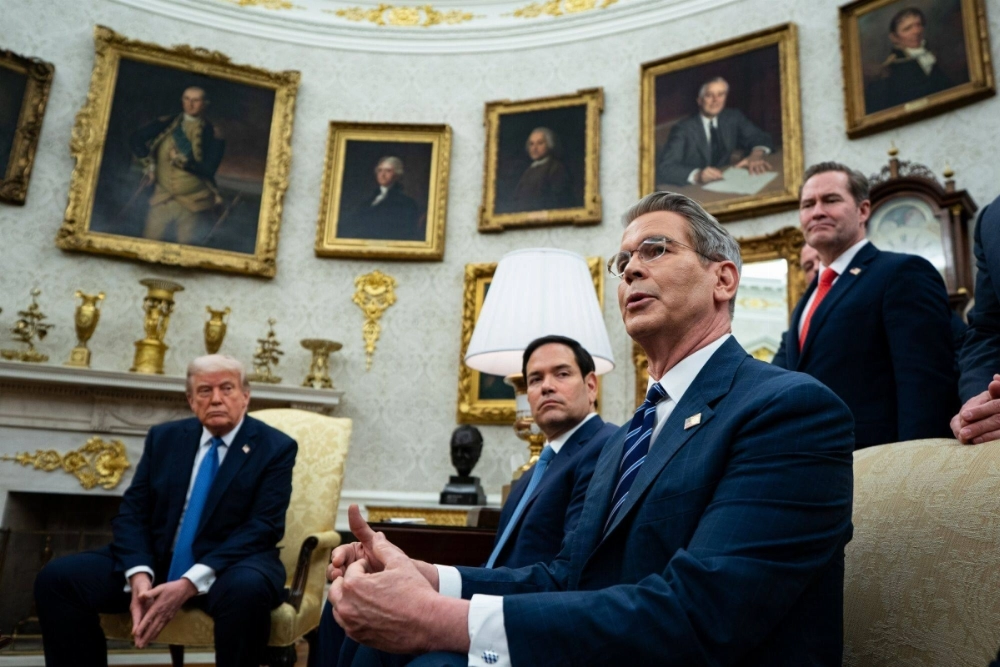The Trump administration is seeking to reshape the global economic structure and international financial architecture that have prevailed for decades.
This vision challenges the foundations of the postwar global economic order. It has been articulated in relatively detailed terms by key advisers such as U.S. Treasury Secretary Scott Bessent and Council of Economic Advisers Chair Stephen Miran, acting under U.S. President Donald Trump’s direction.
For years, the global economy has operated on a model in which the United States ran persistent trade deficits by importing vast amounts of goods produced around the world while financing those deficits through capital inflows. As the world’s largest economy with strong domestic demand — driven by household consumption and business capital spending — the U.S. has absorbed an enormous volume of globally produced goods. U.S. imports exceed $3 trillion, making it the largest importer in the world. China and Germany — the second- and third-largest importers — import roughly $2.5 trillion and over $1 trillion, respectively.


















With your current subscription plan you can comment on stories. However, before writing your first comment, please create a display name in the Profile section of your subscriber account page.